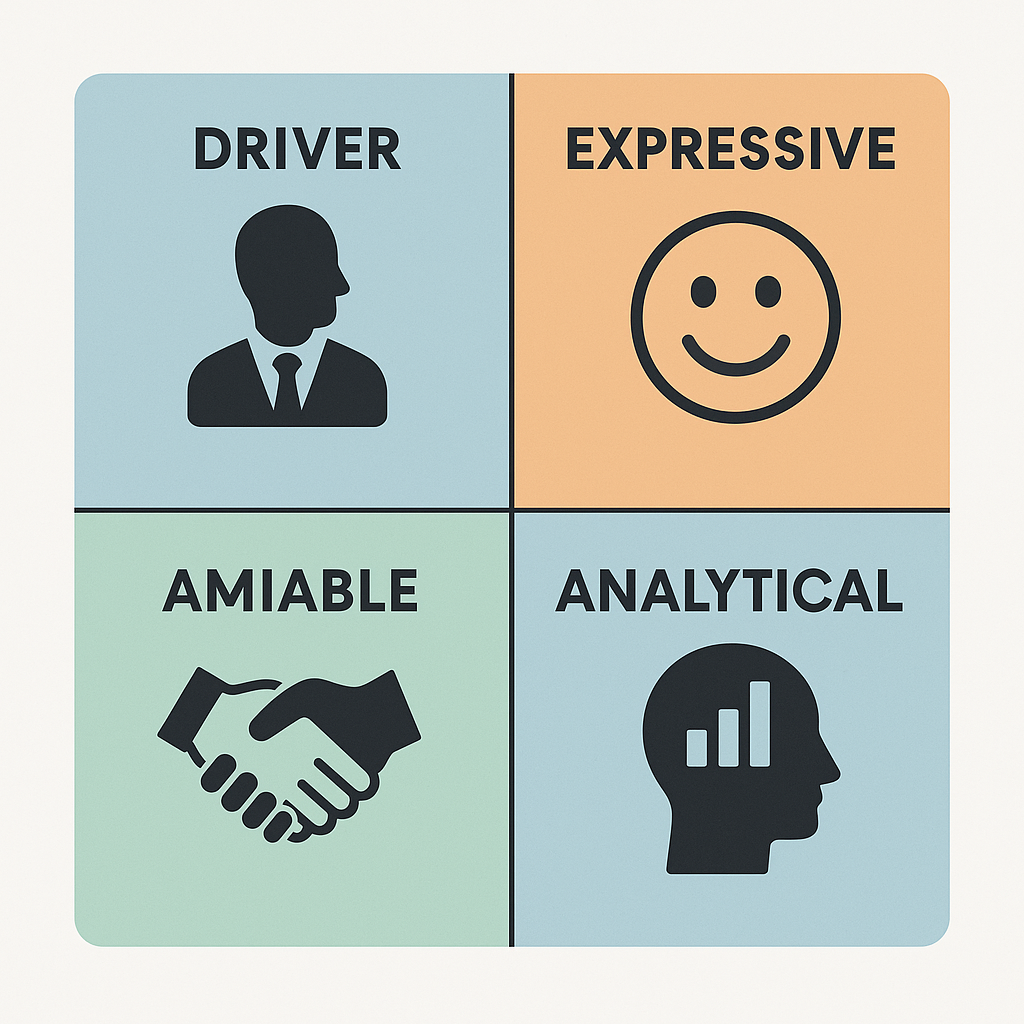Understanding Behavioral Styles to Build High-Functioning Teams
Ever struggle to communicate and connect with a boss, direct report, peer, significant other, or even your child?
We’ve all been there—those moments where it feels like no matter how much we explain or try to connect, the message just doesn’t land. We often pride ourselves on treating people equally, but here’s the catch: we don’t speak to people equally. If we truly want to connect, we need to adapt how we communicate to align with the unique behavioral styles of those around us.
This is where behavioral assessments come into play. They’re not just tools for self-discovery; they’re a gateway to building stronger, more cohesive teams. Whether you’re leading a team, managing a department, or simply trying to strengthen relationships in your personal life, understanding behavioral styles is a game-changer.
What Are Behavioral Styles?
Behavioral styles are essentially patterns of behavior that influence how people interact, make decisions, and process information. The four primary styles—Driver, Expressive, Amiable, and Analytical—each bring unique strengths and challenges to the table.
Drivers are action-oriented, decisive, and results-driven. They thrive in fast-paced environments and have a natural ability to take charge.
Expressives are communicative, enthusiastic, and big-picture thinkers. They value collaboration and love to inspire others.
Amiables are empathetic, supportive, and relationship-focused. They bring warmth and harmony to any team.
Analyticals are detail-oriented, methodical, and data-driven. They excel at problem-solving and thrive on structure.
Why Behavioral Assessments Matter
When teams acknowledge and understand their natural behaviors, a transformation happens. It’s not just about improving performance metrics (though that’s a happy byproduct). It’s about fostering an environment where people feel seen, heard, and valued. Here’s how behavioral assessments can make an impact:
Improved Communication
By understanding the preferred communication styles of your team members, you can tailor your approach. For example, a Driver may appreciate direct, concise instructions, while an Amiable may value a more personal, conversational tone.Enhanced Team Dynamics
Recognizing the strengths and tendencies of each behavioral style allows you to build more balanced teams. You’ll know who to rely on for data analysis, who can rally the team during tough times, and who can mediate conflicts with empathy.Increased Employee Satisfaction
When people feel understood and supported, they’re more likely to be engaged and satisfied in their roles. Behavioral assessments create a shared language for discussing needs, preferences, and challenges.
Behavioral Styles in Action
Let’s take a practical example. Imagine you’re leading a meeting to brainstorm solutions for a major challenge. Here’s how you might adapt your approach based on the behavioral styles in the room:
Drivers: Present the goal and desired outcomes upfront. Keep the discussion focused and action-oriented.
Expressives: Encourage open dialogue and creative thinking. Let them share their ideas enthusiastically.
Amiables: Create a supportive atmosphere where everyone feels comfortable contributing. Acknowledge their input personally.
Analyticals: Provide data and facts to back up the discussion. Give them time to process and analyze before making decisions.
By addressing each style’s needs, you’ll not only get better results but also create a more inclusive and productive environment.
Building High-Functioning Teams
At the heart of every high-functioning team is a culture of understanding and adaptability. Behavioral assessments are the foundation of that culture. They help leaders and team members alike see beyond surface-level interactions and connect on a deeper level.
When everyone on your team knows their own style—and the styles of their colleagues—they can anticipate challenges, collaborate more effectively, and celebrate each other’s strengths. This doesn’t just lead to better performance; it builds trust, reduces conflict, and fosters long-term satisfaction.
Take the First Step
If you’re ready to elevate your team’s performance and satisfaction, start with a behavioral assessment. It’s not about labeling people—it’s about empowering them. By understanding what drives each individual, you can unlock their full potential and create a team that thrives together.
So, the next time you find yourself struggling to connect, remember: it’s not about treating people equally—it’s about speaking to them in the way they need to hear. And that’s the key to building something extraordinary.




